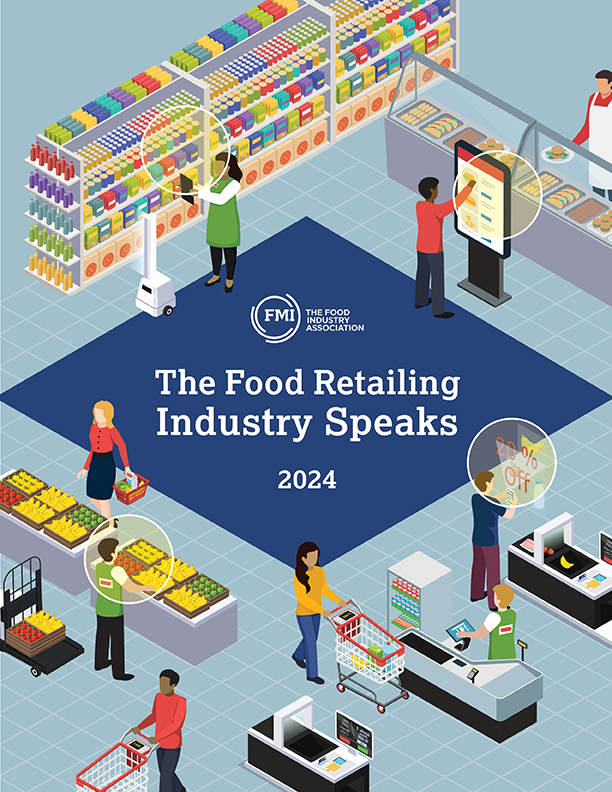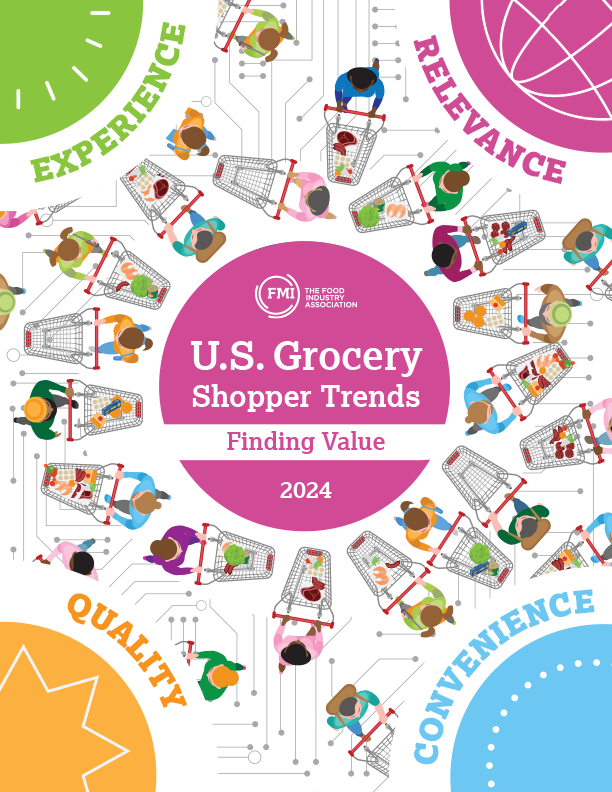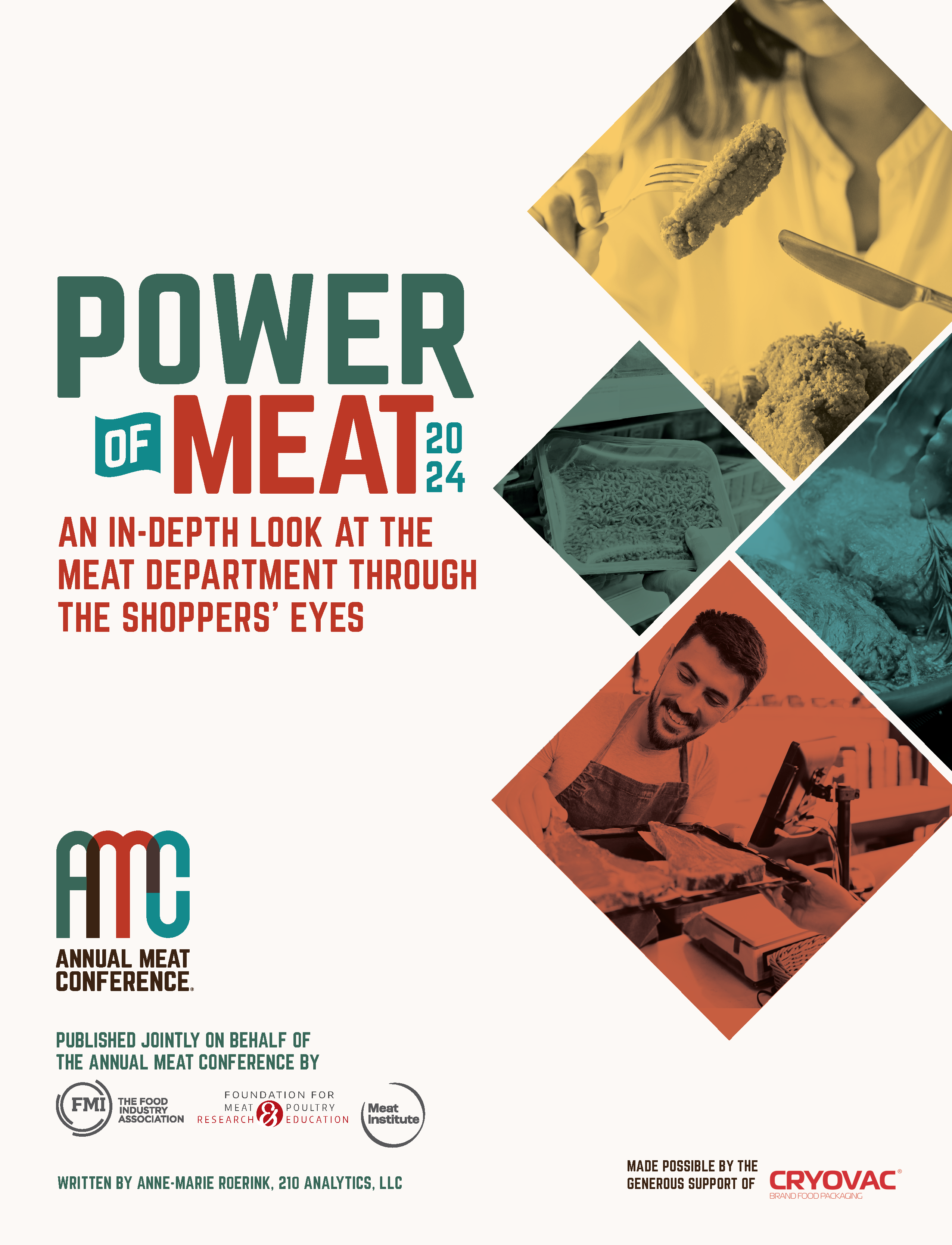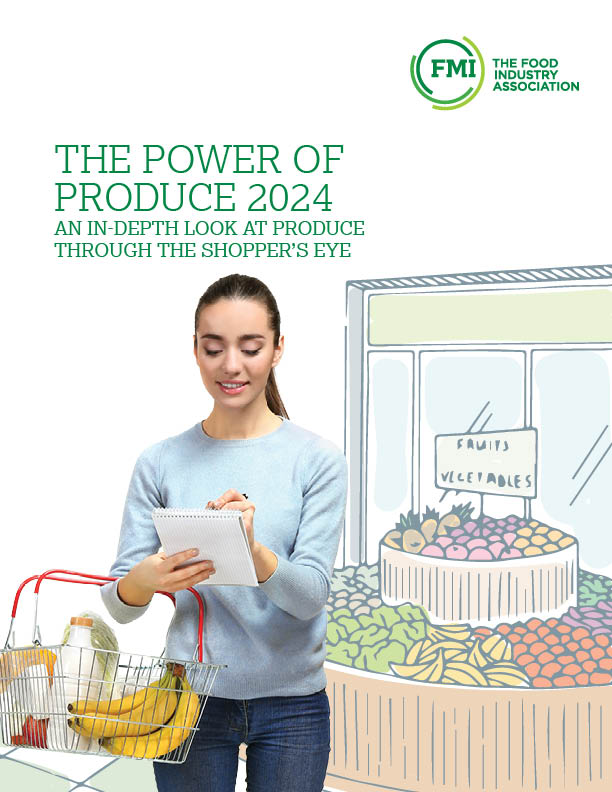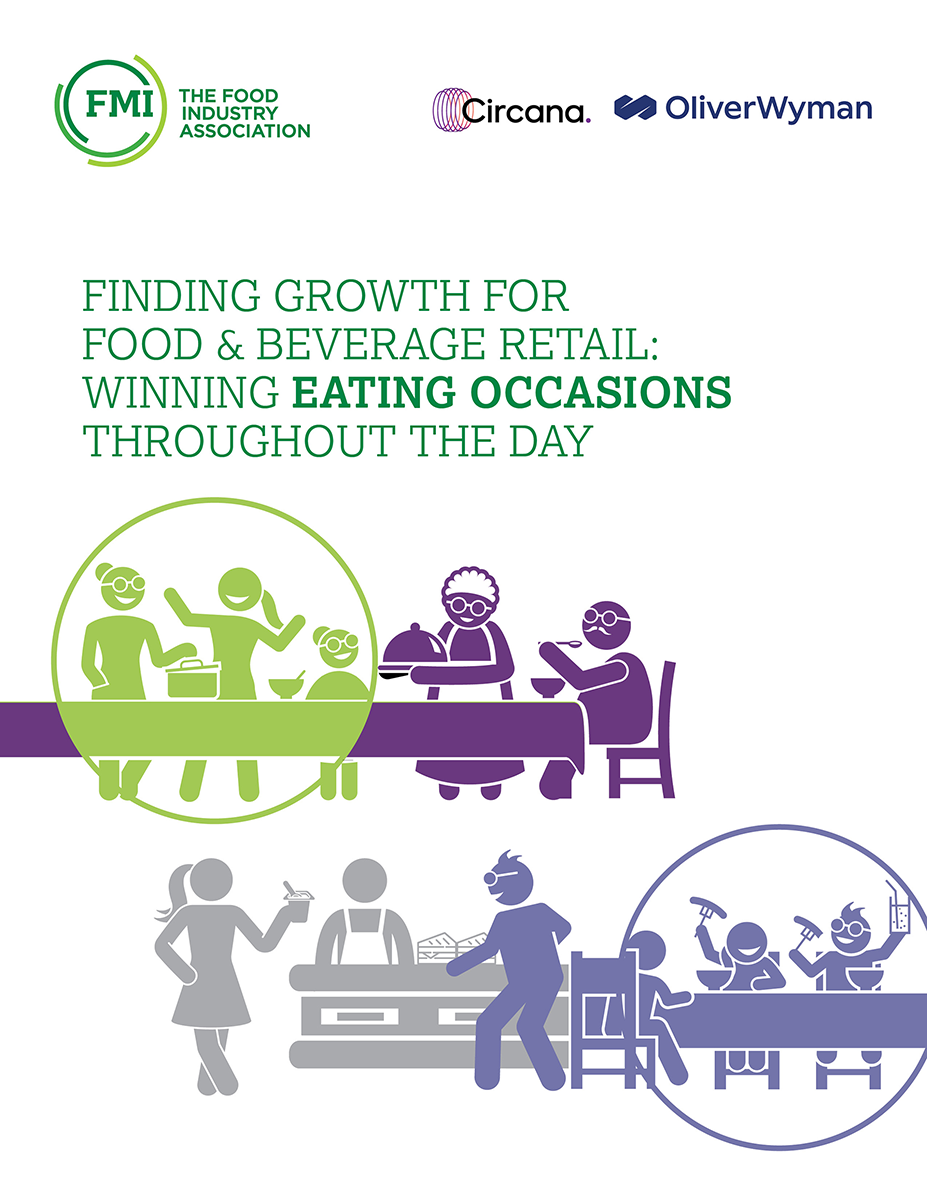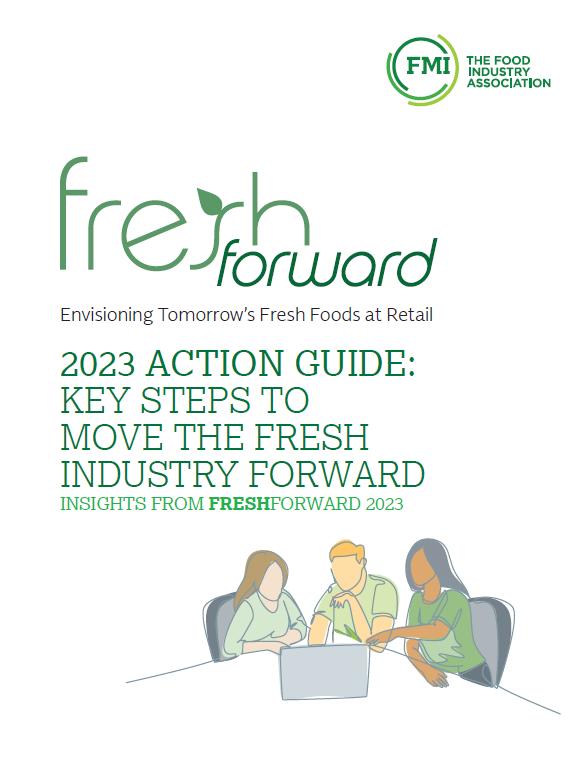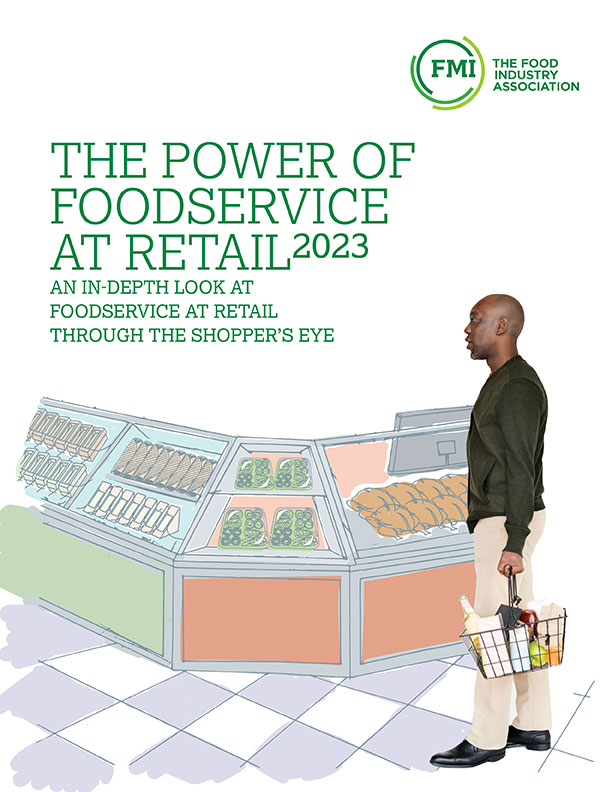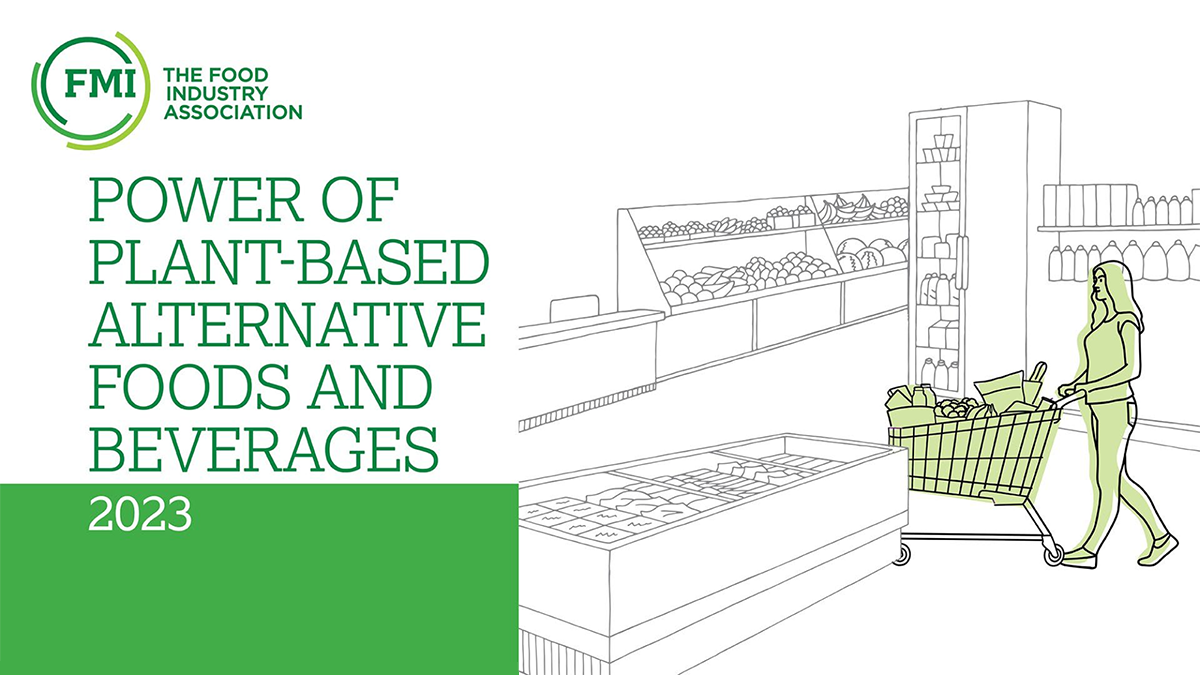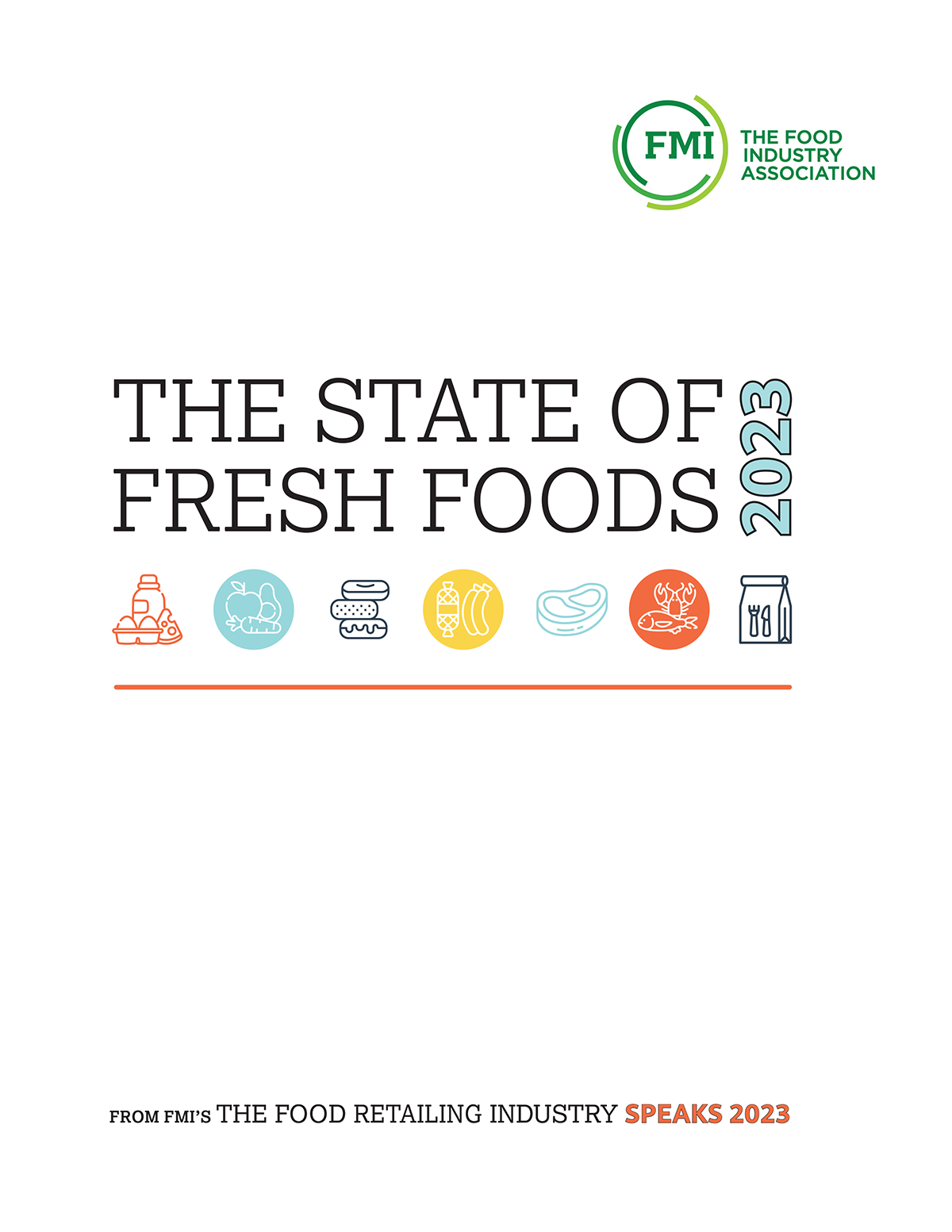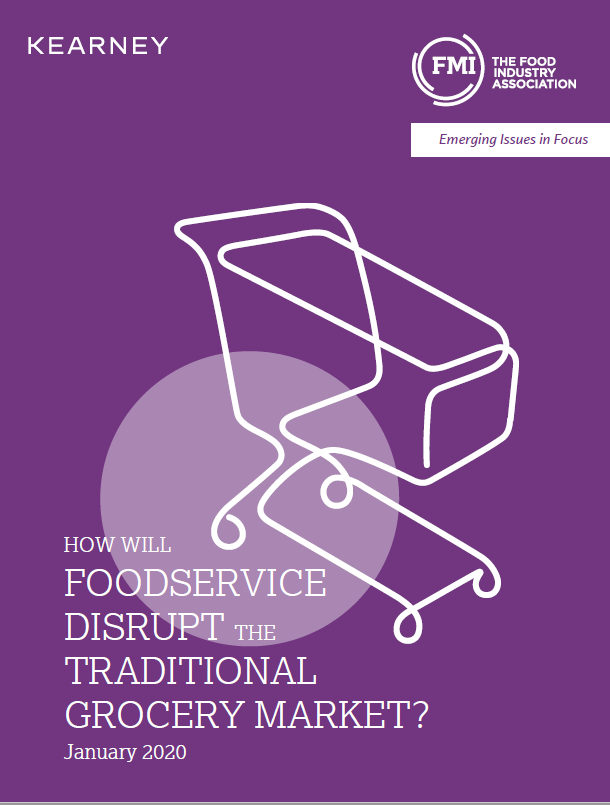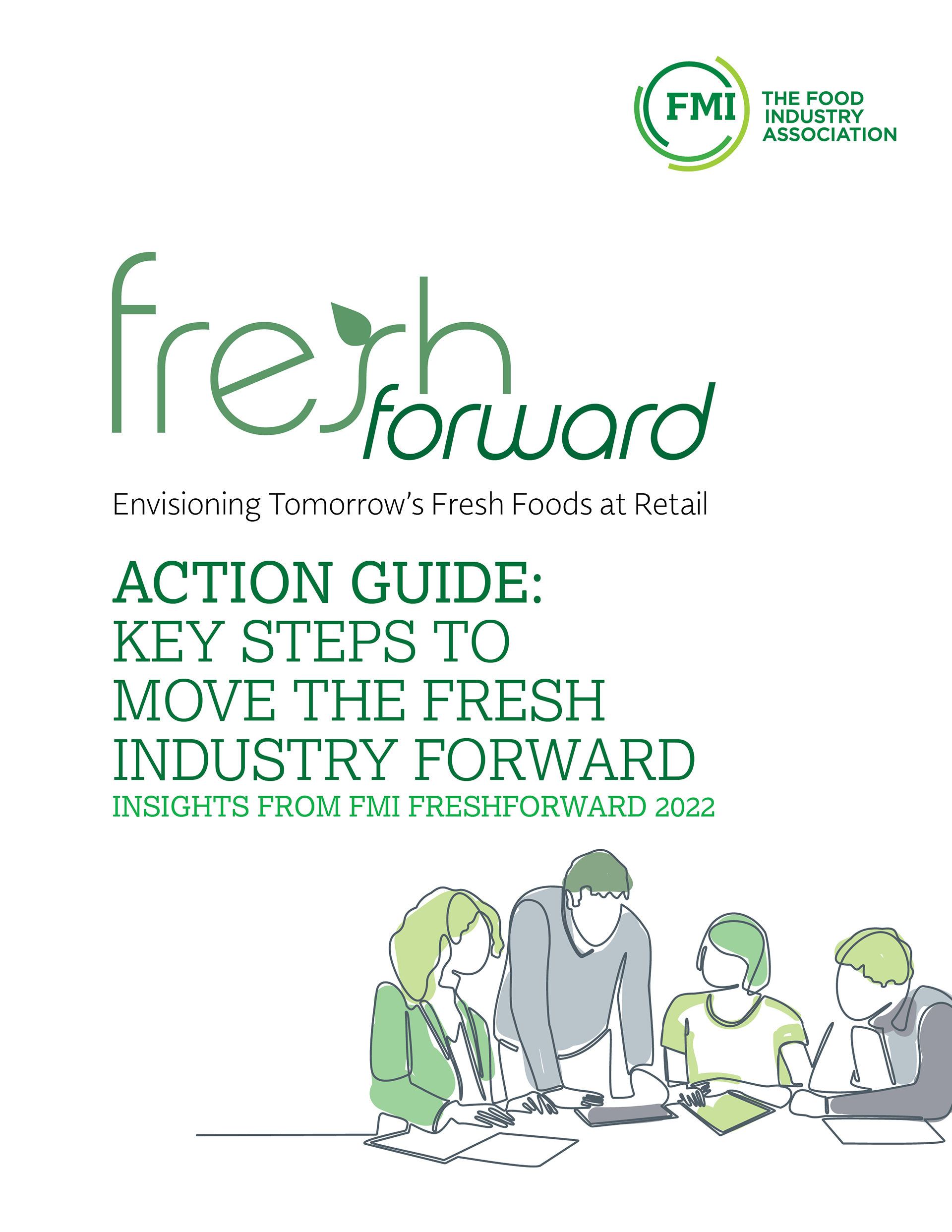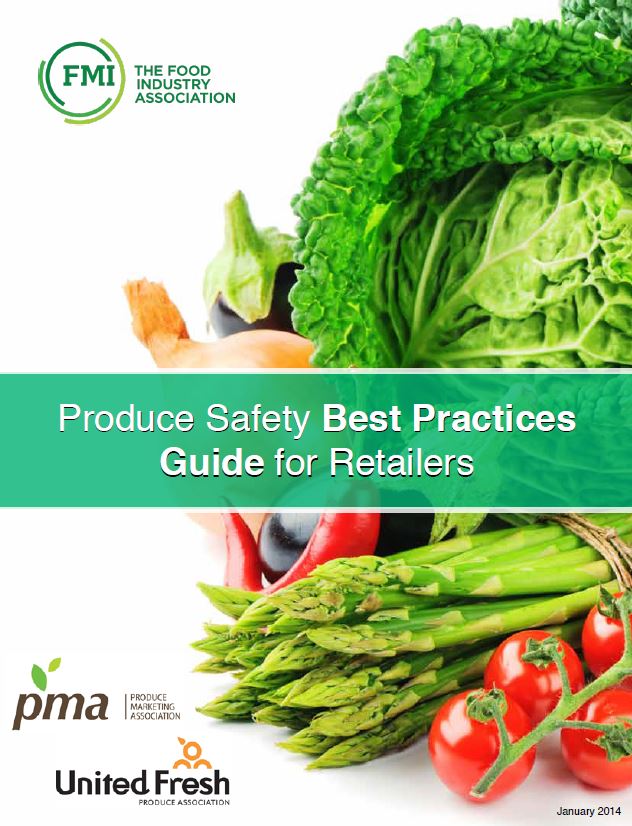By: Doug Baker, Vice President, Industry Relations, FMI
 Out-of-stocks are one of the most frustrating experiences for online and in-store shoppers. In some industry verticals, shoppers experience stockouts as frequently as every third shopping trip.
Out-of-stocks are one of the most frustrating experiences for online and in-store shoppers. In some industry verticals, shoppers experience stockouts as frequently as every third shopping trip.
There are many causal factors which impact out of stock rates and on-shelf availability. During COVID, the impacts were related to heightened consumer demand and pantry loading behaviors coupled with the inability of suppliers to source ingredients, packaging materials, labor shortages, which caused significant and protracted delays in product replenishment.
While it is widely acknowledged by retailers, wholesalers and suppliers that growth is much harder to come by in 2024 given the significant economic and financial pressures consumers are experiencing, today, the grocery industry thankfully is operating in a very different supply chain ecosystem due to trading partners’ efforts that have restored supply chain equilibrium and resiliency.
In the recently released FMI The Food Retailing Industry Speaks report, out-of-stocks improved in the last year. In fact, improvements due to declining pressures from supply chain and improved transportation capacity have helped drive a dramatic drop in retail out-of-stock rates, which fell from 10.7% in 2022 to 6.5% in 2023. This new level is even lower than the typical historical rate of 8%. Essentially, the grocery industry has regained much of the efficiencies lost during the pandemic due to the implementation of business practices, processes and efficiency initiatives. The trajectory of continuous supply chain improvement initiatives will accelerate in the years ahead based on the investment and application of new technology solutions that will impact how companies do business.
Additionally, a recent supply chain benchmark report from KS International which will be featured at the upcoming FMI Supply Chain Forum in September indicates that fill rates and service levels improved in 2023. Fill rates improved with fewer than 6% of companies reporting a service level of less than 90% versus 23% in 2022 and 66% in 2021. Out-of-stock rates and other key metrics in the food retail supply chain are improving due to several factors, including:
Supply Chain Optimization and Technology: The implementation of advanced technologies like artificial intelligence, machine learning and data analytics allows retailers to better forecast demand, manage inventory and optimize timely replenishment.
Enhanced Collaboration: Improved collaboration and communication among retailers, suppliers, and distributors lead to more synchronized supply chain processes. This ensures that stock levels are maintained appropriately, reducing the chances of out-of-stock situations.
Just-in-Time Inventory Systems: The adoption of just-in-time inventory systems helps in reducing excess inventory and ensures that products are restocked as needed, thereby minimizing out-of-stock scenarios.
E-commerce and Omnichannel Strategies: The rise of e-commerce and omnichannel retailing has prompted retailers to improve their inventory management systems. With better tracking and visibility of stock across multiple channels, retailers can manage inventory more efficiently and ensure product availability both online and in-store.
Supply Chain Resilience: Lessons learned from disruptions, such as those experienced during the COVID-19 pandemic, have led retailers and suppliers to strengthen their supply chain performance. This includes diversifying suppliers, increasing safety stock levels, and enhancing supply chain agility to quickly respond to changes in demand.
Automation and Robotics: The use of automation and robotics in warehousing and distribution centers enhances the efficiency and accuracy of inventory management, leading to fewer out-of-stock incidents.
Consumer Behavior Insights: Leveraging consumer behavior data helps trading partners to better understand purchasing patterns and trends, enabling them to adjust inventory levels accordingly and prevent out of stocks
These improvements are collectively contributing to lower out-of-stock rates and a more reliable and predictable grocery supply chain.
The FMI Supply Chain Forum will be held in Nashville Sept.16-18,2024. Forum participants will focus their discussions on driving efficiency and resiliency.











---2024-07-25t094133-164.png?sfvrsn=3680b21b_1)
---2024-07-19t130856-035.png?sfvrsn=5f5bdebd_1)
---2024-07-19t095551-706.png?sfvrsn=bac1059f_1)
---2024-07-18t113450-780.png?sfvrsn=7026677a_1)
---2024-07-16t163316-301.png?sfvrsn=3b2555a_1)
---2024-07-16t162259-018.png?sfvrsn=7bd24285_1)
---2024-07-15t163919-331.png?sfvrsn=114c44ff_1)




-(97).png?sfvrsn=1f99c24a_1)
-(87).png?sfvrsn=f466b488_1)
-(86).png?sfvrsn=1266b311_1)
-(85).png?sfvrsn=7b55b566_1)














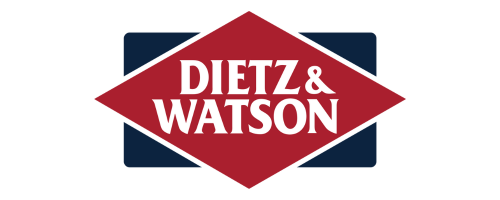


.jpg?sfvrsn=9d1ce95b_1)
-(632-x-252-px)-(17).png?sfvrsn=32e2d86f_1)


-(33).png?sfvrsn=42d05c9f_1)
-(632-x-252-px)-(21).png?sfvrsn=7b1c922f_1)

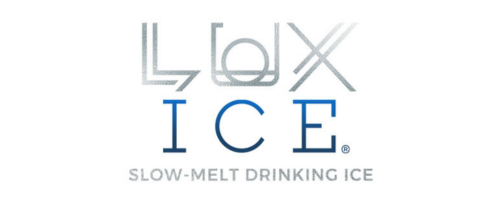



.png?sfvrsn=f0285ffd_1)







